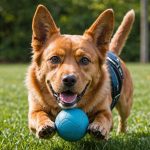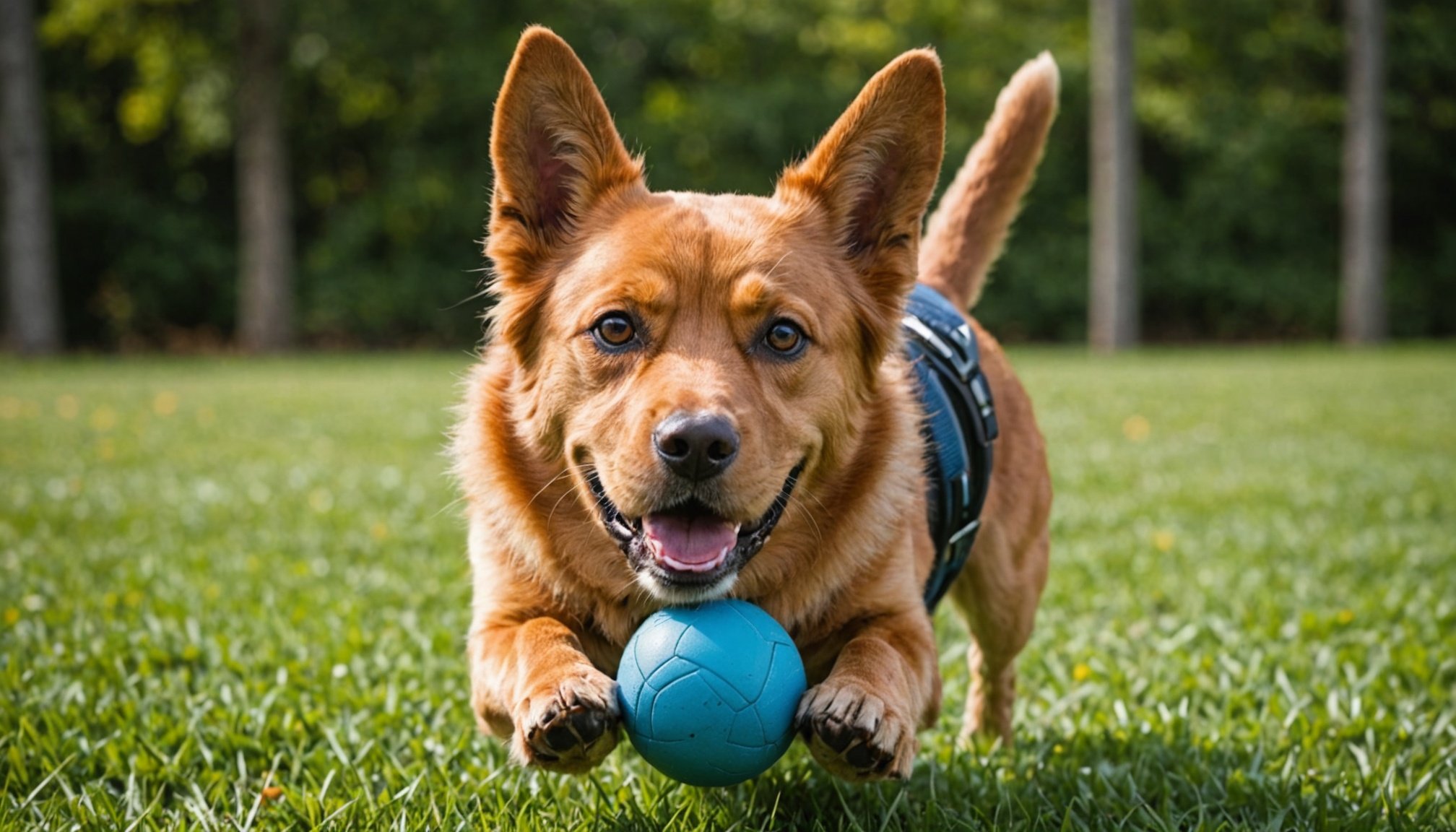Overview of Positive Reinforcement in Dog Training
Understanding positive reinforcement is key to successful dog training. This method focuses on rewarding desired behaviours, thereby encouraging them to be repeated. Unlike traditional methods, which may rely on punishment, positive reinforcement is about building a trusting relationship. By comparing these approaches, it’s clear that positive reinforcement fosters a happier and more willing learner.
In traditional training, unwanted behaviours are often met with disapproval or punishment, which can lead to fear or anxiety in dogs. In contrast, positive reinforcement provides a welcoming environment where mistakes are not punished but gently corrected through consistent encouragement.
Also read : Selecting the Perfect Pet to Thrive in Uncertain Times: A Comprehensive Guide
The benefits for both dogs and owners are numerous. Dogs trained with this method tend to be more confident and responsive, as they associate learning with positive outcomes. For owners, it means enjoying the training process more, as they witness their dog’s enthusiasm and progress.
Utilising rewards, such as treats or praise, helps to strengthen the bond between dog and owner, making training sessions an enjoyable experience rather than a chore. Ultimately, positive reinforcement creates a cooperative partnership where both parties look forward to learning and growing together.
Have you seen this : Critical Role of Pet Vaccinations: Key to Achieving Overall Health and Well-being
Preparing for Training: Essential Tools and Environment
Creating the right conditions is crucial for successful dog training. Training tools are fundamental in ensuring the sessions run smoothly. Essentials include treat pouches, clickers, and soft training mats. These tools enhance the training experience by making it structured and rewarding.
The dog training environment plays a significant role in the effectiveness of positive reinforcement. A calm, quiet space free from distractions allows the dog to focus entirely on the task at hand. This serene setting not only aids in better concentration but also minimizes the risk of miscommunication.
Ensuring favorable conditions involves maintaining consistency and precision in reinforcement. The timing of rewards must be immediate, reinforcing the connection between the command and the outcome. Using the tools in harmony with a supportive atmosphere leads to a productive session.
For maximum efficiency, it’s important to establish a routine. Regular training times help the dog anticipate and enjoy the learning process. This consistency conveys reliability, signalling to the dog that training is both predictable and enjoyable.
Step-by-Step Guide to Teaching ‘Roll Over’
Teaching your dog the ‘roll over’ command can be an enjoyable and rewarding experience using positive reinforcement techniques. This method offers clear steps to ensure success and maintain enthusiasm.
Getting Started with Basic Commands
Before embarking on the ‘roll over’ training, ensure your dog masters basic commands such as ‘sit’ and ‘lie down’. These foundational skills are crucial for building understanding and clear communication with your dog. Practising these commands regularly establishes a strong basis for more complex tasks like ‘roll over’.
The ‘Roll Over’ Process Breakdown
Begin by placing your dog in a lying down position. Hold a treat near its nose, and slowly move your hand to the side of its body, encouraging it to follow the treat with a roll motion. Once completed, reward immediately with praise and the treat. Cues like hand signals and consistent phraseology, such as “roll over”, assist in understanding and repeatability.
Incorporating Rewards and Praise
Reward timing is vital. Deliver treats and praise the instant your dog rolls over. This direct connection reinforces the desired behaviour, enhancing learning speed. Experiment with various types of rewards, including verbal praise and petting, to determine what your dog responds to best.
Troubleshooting Common Challenges
When it comes to dog training challenges, even the most seasoned trainers encounter obstacles. Recognising these common missteps and learning how to rectify them can make a world of difference.
One prevalent issue is a lack of progress, often stemming from common mistakes like inconsistent command usage or improper timing of rewards. It’s crucial to maintain coherence in cues and to reward promptly to reinforce desired behaviours effectively. If your dog seems unresponsive, consider performing a technique adjustment by altering the reward type or size to suit your dog’s preferences.
Observing and adapting to your dog’s behaviour is key. If it appears distracted or anxious, reevaluate the training environment; it may need fewer distractions. Incorporating brief, engaging sessions can prevent frustration and keep motivation high.
Solutions for maintaining momentum during setbacks include incorporating breaks and diversifying training activities to sustain interest. Keeping sessions positive and turning challenges into learning opportunities can transform hindrances into advancements.
Ultimately, embracing a solution-oriented mindset encourages resilience and helps maintain motivation throughout the teaching process, creating a delightful experience for you and your dog.
Success Stories and Testimonials
Exploring the world of dog training success can be incredibly motivating for both new and seasoned trainers. Real-life experiences shared by dog owners highlight the effectiveness and joy that positive reinforcement brings for both canines and their companions. These stories often underscore how dogs, once considered untrainable, become adept at complex commands and obedient behaviours through consistent, positive interactions.
One such story involves a rescue dog who struggled with severe anxiety. His owner utilised patience and positive training techniques over punitive methods. Within months, the dog displayed significant behavioural improvement, becoming more relaxed and responsive. This transformation illustrates the benefits of rewards as both dogs and owners experience increased enjoyment and reduced stress during the training process.
Another account praises community support as a critical element in their success journey. Online forums and local groups offered exchanges of tips and encouragement, solidifying the bond between owner and pet, and boosting confidence in difficult training scenarios. These motivational stories are not just testaments to successful techniques but also reminders of the rewarding relationships that grow from dedicated, positive reinforcement training.
General Dog Training Principles and Best Practices
Understanding dog training principles is pivotal for achieving a harmonious relationship between owner and pet. Effective training practices focus on consistency and clear communication, ensuring that dogs understand what is expected of them. Consistent cues and commands aid in cementing positive dog behaviour, allowing pets to feel secure and confident during training sessions.
A crucial aspect of training is patience. Dogs, like humans, take time to absorb and apply new information. Practising patience involves offering gentle guidance and persistent reinforcement of learned commands. This not only fosters an effective learning environment but also nurtures a trusting bond between dog and owner.
Maintaining a positive training atmosphere hinges on several best practices: ensuring sessions are engaging yet not overwhelming, providing timely rewards, and keeping commands straightforward. Encouragement plays a vital role; even minor successes deserve recognition to motivate your dog to strive for further accomplishments. Introducing variety in the training routine prevents boredom, and interactive activities can make sessions both educational and fun.
By integrating these principles and practices, you build a foundation for ongoing positive behaviour and a nurturing, respectful relationship with your dog.











